Science Experiments How-Tos

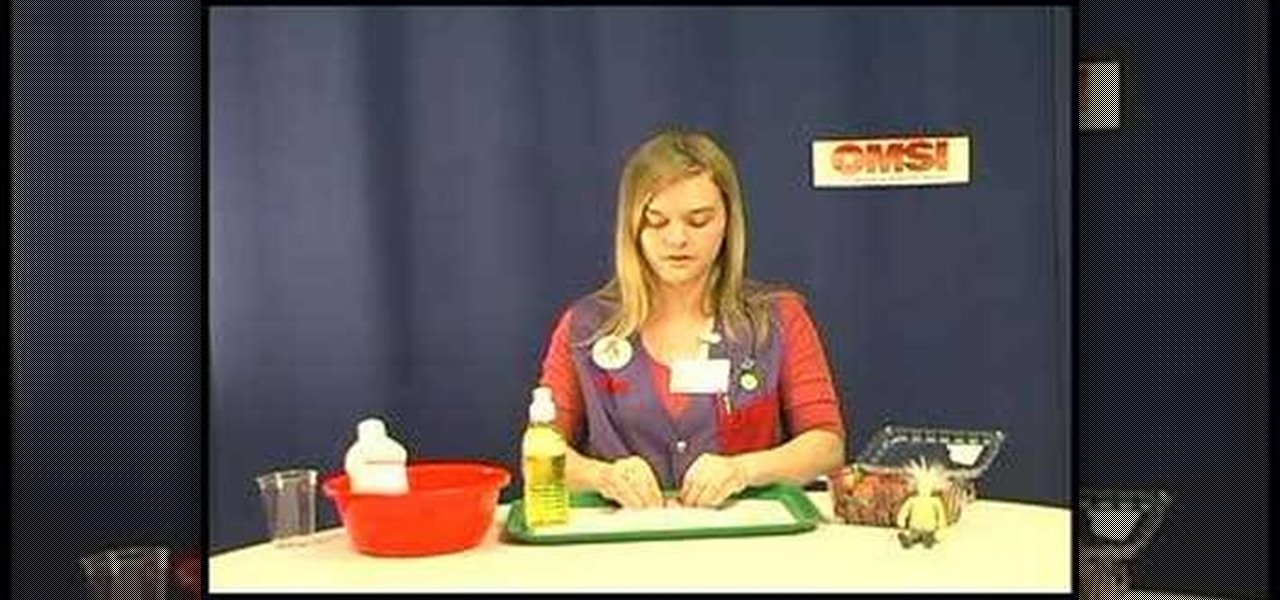
How To: Perform the science experiment "DNA Extraction"
Check out this instructional science video that demonstrates how to perform the DNA Extration experiment. From the Oregon Museum of Science and Industry's teacher curriculum, "No Hassle Messy Science with a Wow", this video shows you how to extract DNA from different organisms. Perform this experiment by following the simple step by step instructions outlined in this tutorial.
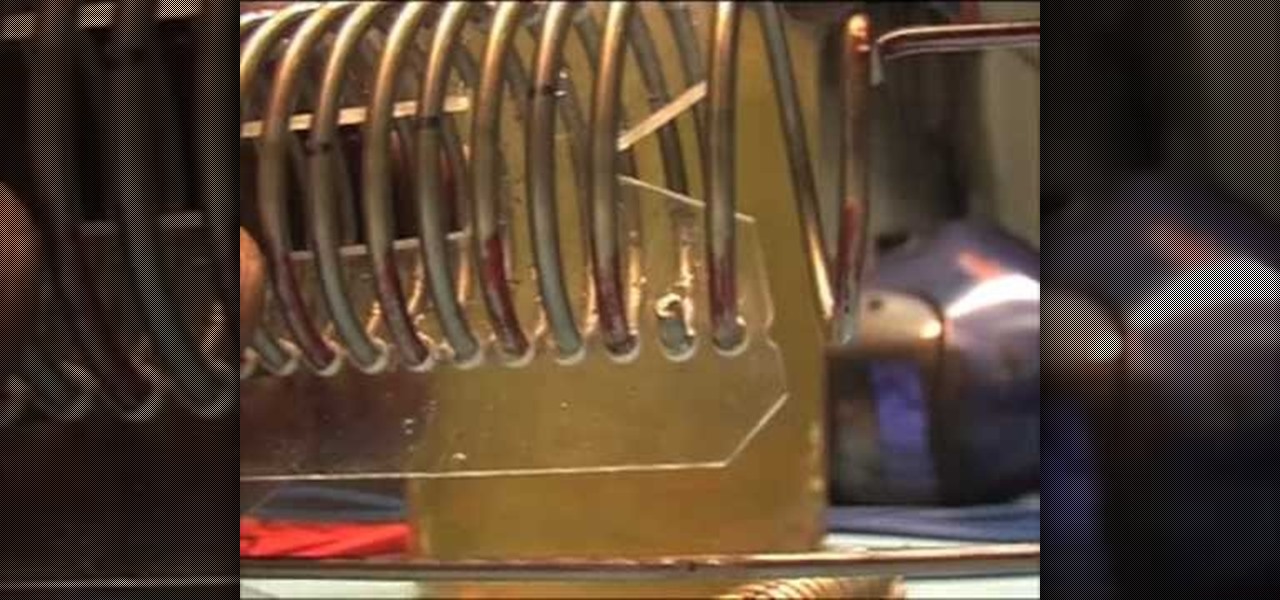
How To: Build high production spirals
Check out this instructional science video that demonstrates how to make high production spirals. Since for many people it is much easier to buy 1/12 of an inch 316 L Stainless Steel welding wire or a 1/8 of an inch wire (instead of plates or tubes), then for those of you who do not have the practical skills this video might just be a little hint and a aid on how to proceed. There are so many details needed involved in order to make it simple and replicable. Learn how to build production spir...
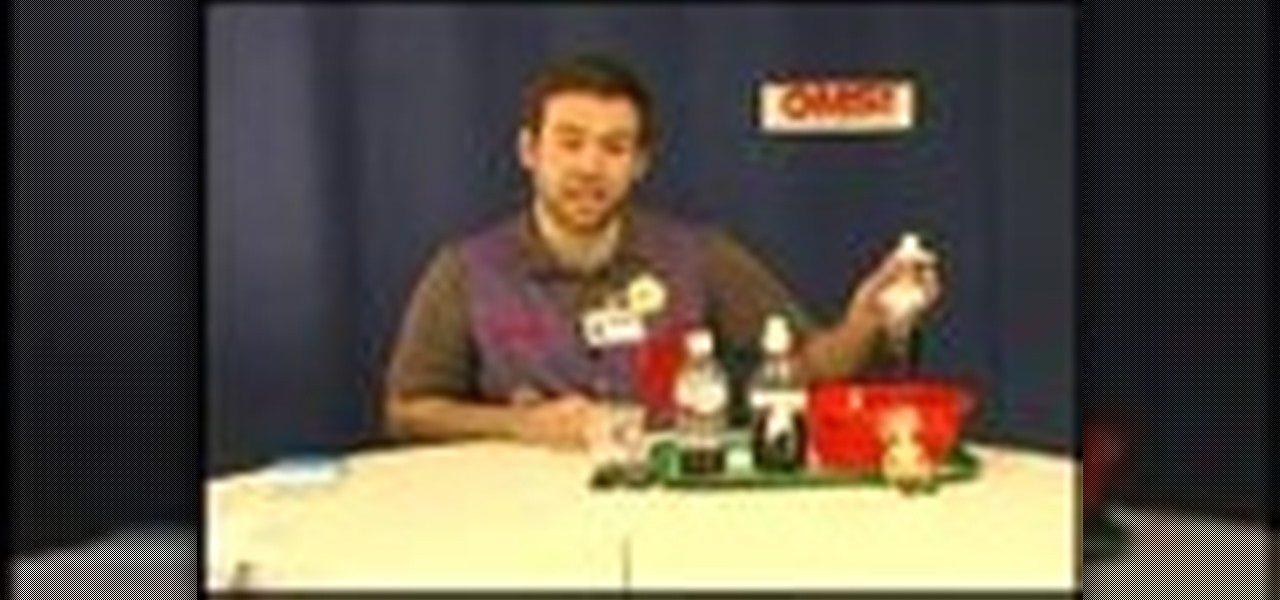
How To: Perform the science experiment "Kool Colors"
Check out this instructional science video that demonstrates how to perform the experiment "Kool Colors." From the Oregon Museum of Science and Industry's teacher curriculum, "No Hassle Messy Science with a Wow", this is an activity using Kool-Aid as a reactant. The experiment measures the reaction rate of Kook-Aid with steel wool. Perform the Kool Colors science experiment by following the simple step by step outlined in this science tutorial video.

How To: Perform the "Lost Labels" science experiment
Check out this instructional science video that demonstrates how to perform the "Lost Labels" experiment. From the Oregon Museum of Science and Industry's teacher curriculum, "No Hassle Messy Science with a Wow", this is an activity about identifying mystery chemicals. You have an array of unknown powders in miscellaneous jars, and the idea is to try to have your students figure out what are all these mysterious white powders. Learn how to perform the Lost Labels science experiment by followi...
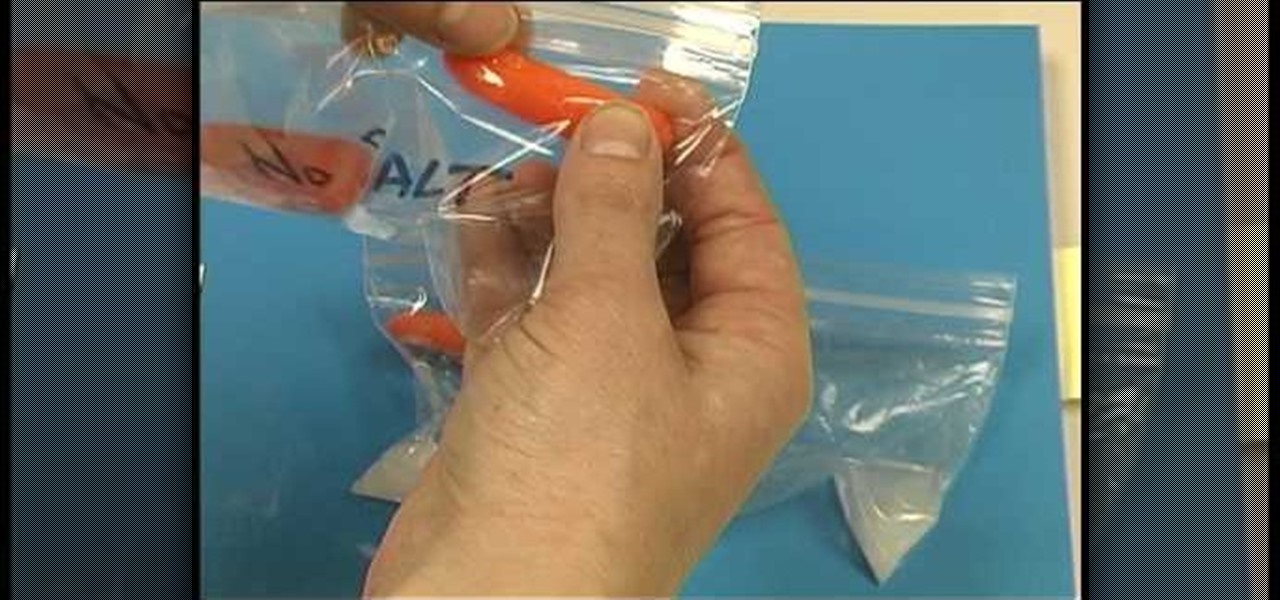
How To: Bend a carrot
Check out this instructional science video that demonstrates how to bend a carrot. From the Oregon Museum of Science and Industry's teacher curriculum, "No Hassle Messy Science with a Wow", this is an activity using common vegetables. Learn how to bend a carrot by watching the step by step instructions outlined in this science tutorial video.

How To: Detect disease with Nanotechnology
Check out this instructional science video that demonstrates how to detect disease using Nanotechnology. From the Oregon Museum of Science and Industry, this is a demonstration about a new technology that lets us detect diseases earlier and faster than we could before. Science has invented this new technology that can test for several diseases at the same time.
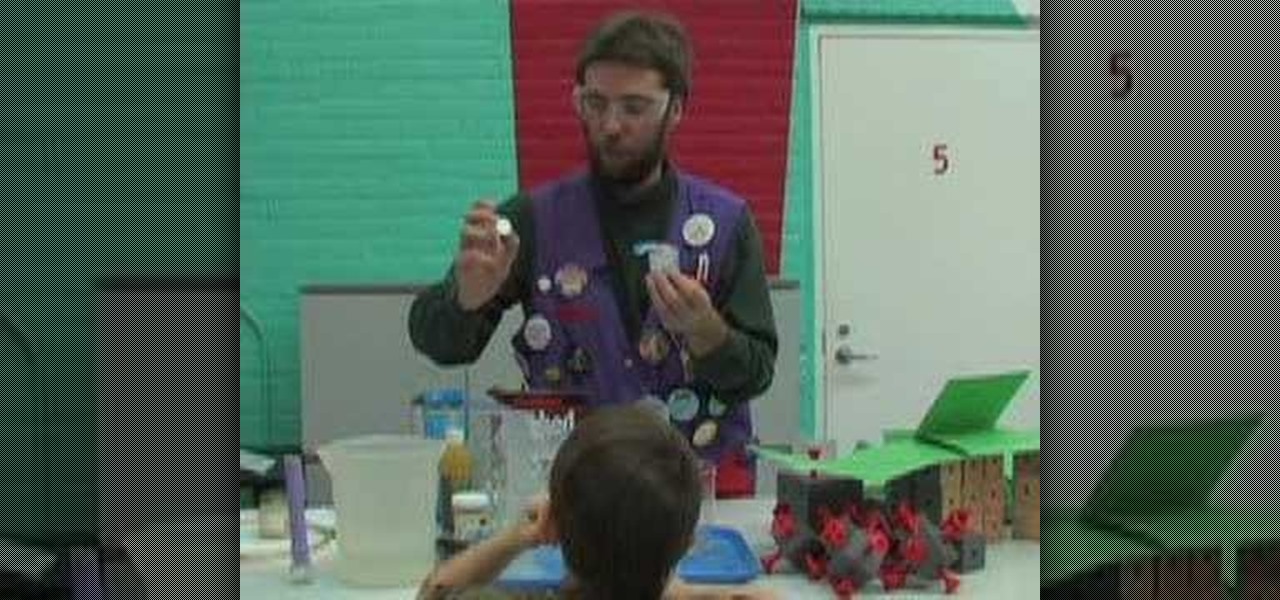
How To: Learn about surface area
Check out this instructional science video that teaches you about surface area. This is a NISE network demo training video for how to do a demonstration about surface area. By watching the step by step instructions outlined in this science tutorial video, you can learn all about surface area and the most effective method to killing germs.
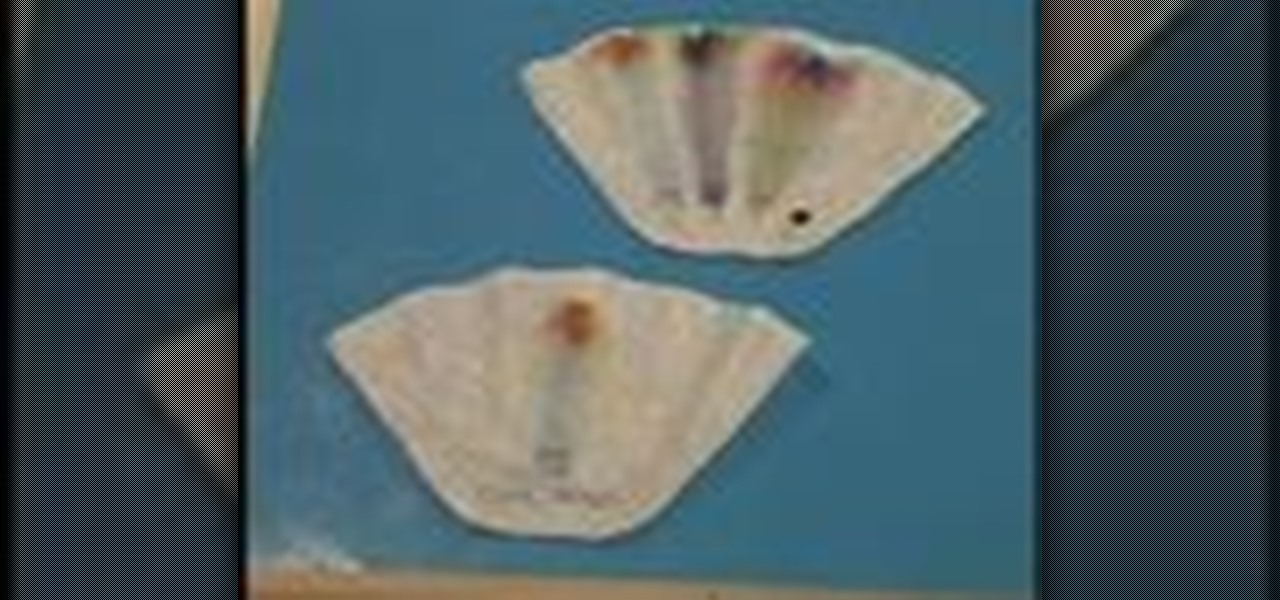
How To: Perform the science experiment "Dye Detective"
Check out this instructional science video that demonstrates how to perform the experiment "Dye Detective." From the Oregon Museum of Science and Industry's teacher curriculum, "No Hassle Messy Science with a Wow", this is an activity exploring ink colors. Learn how to perform the Dye Detective experiment by following the simple step by step instructions outlined in this science tutorial video!
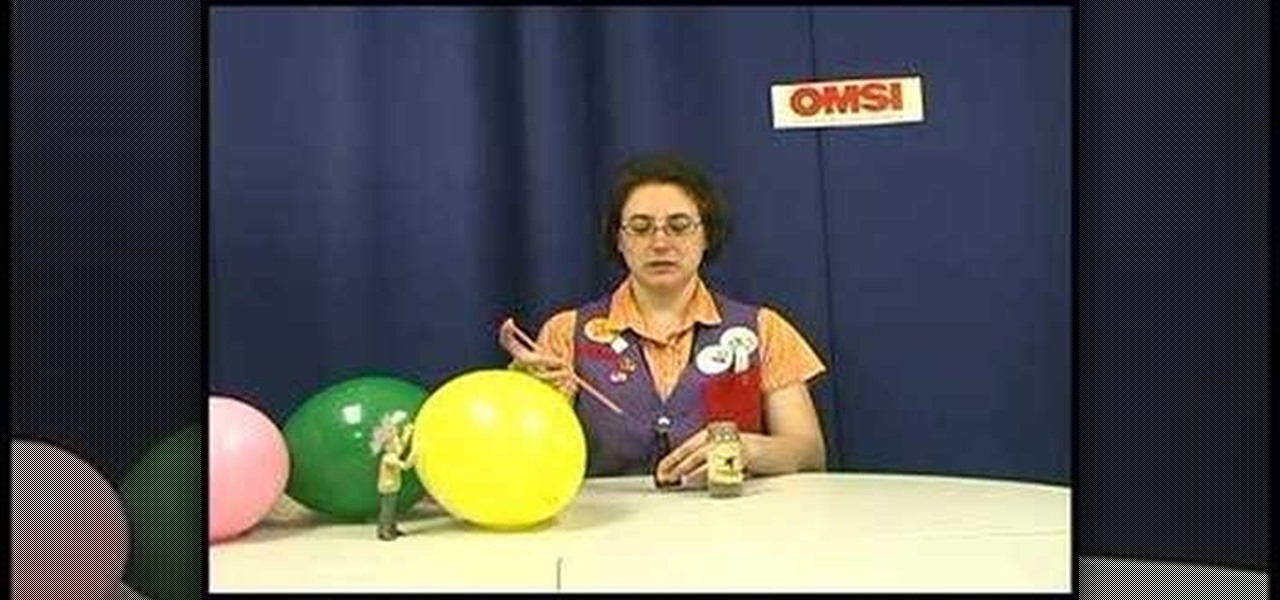
How To: Perform the science experiment "Odors Aloft"
Check out this instructional science video that demonstrates how to perform the experiment "Odors Aloft." From the Oregon Museum of Science and Industry's teacher curriculum, "No Hassle Messy Science with a Wow", this is an activity exploring scents. It's a good introduction to atoms and molecules, especially for little kids. Perform the experiment Odor's Aloft by following the simple step by step instructions in this science tutorial video!
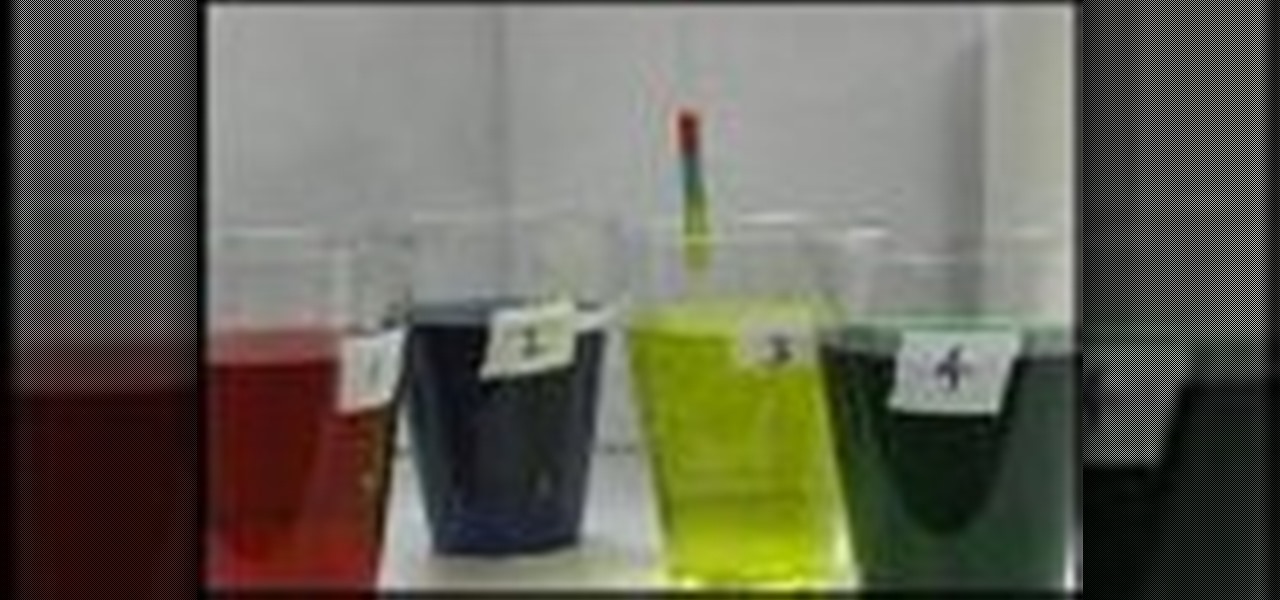
How To: Perform the activity density rainbow experiment
Check out this instructional science video that demonstrates the details about the activity density rainbow. From the Oregon Museum of Science and Industry's teacher curriculum, "No Hassle Messy Science with a Wow", this is an activity demonstrating liquids with different densities. Perform the activity density rainbow experiment by watching the step by step instructions in this science tutorial video!
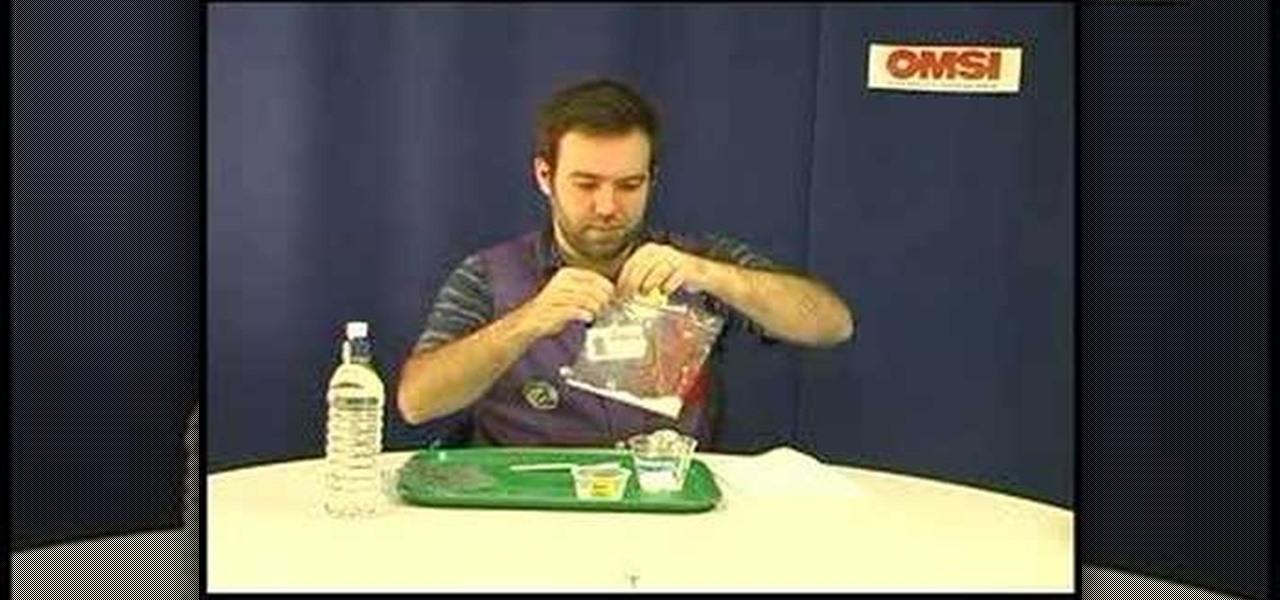
How To: Perform the science experiment "Matter of Degree"
Check out this instructional science video that demonstrates how to perform the experiment "Matter of Degree." From the Oregon Museum of Science and Industry's teacher curriculum, "No Hassle Messy Science with a Wow", these are chemical reactions that result in changing temperatures. Follow the step by step instructions to witness a temperature change. The "Matter of Degree" is a great experiment for students to perform.

How To: Perform the science experiment "Of Cabbages and Kings"
Check out this instructional science video that demonstrates how to perform the experiment "Of Cabbages and Kings." From the Oregon Museum of Science and Industry's teacher curriculum, "No Hassle Messy Science with a Wow", learn about this chemical reaction featuring cabbage juice. This is a great experiment for your students to perform. Follow the simple instructions outlined in this video and do the "Of Cabbages and Kings" science experiment.
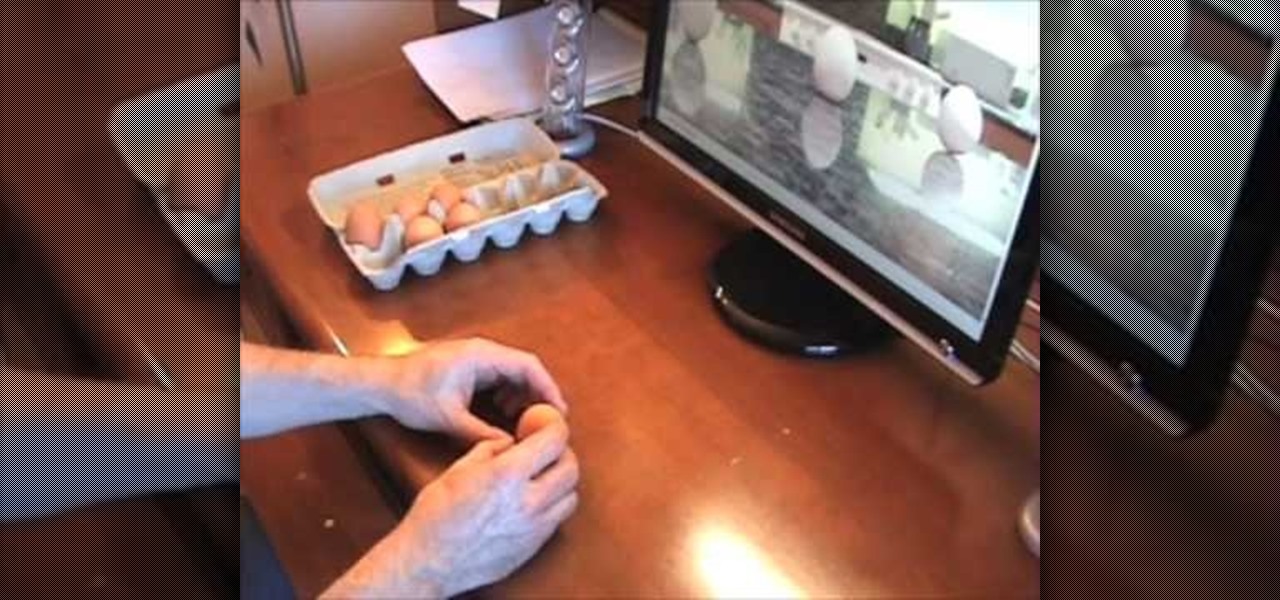
How To: Stand an egg on end during the spring equinox
Check out this highly educational science video tutorial on how to stand an egg on end during the spring equinox, but wait... does it have anything to do with the spring equinox... no, it doesn't, standing an egg upright has nothing to do with the first day of spring. A lot of eggs have little bumps on the bottom of the egg, so the bumps actually help support the chicken egg when standing upright.
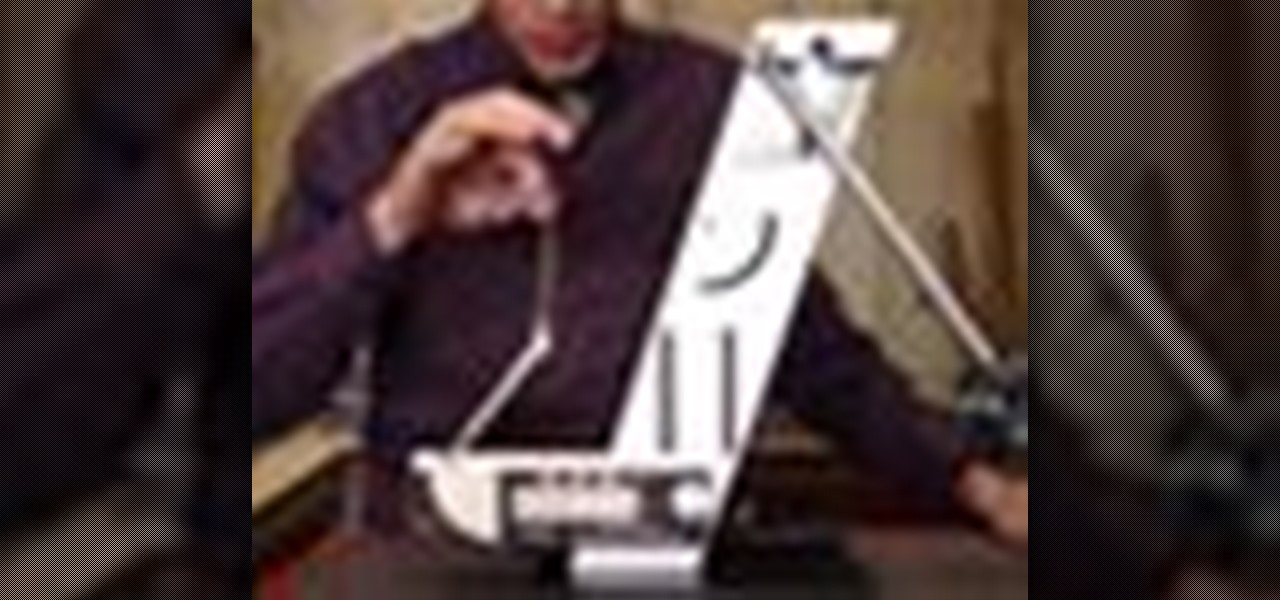
How To: Determine the launch velocity of a metal ball
This experiment uses a ballistic pendulum to determine the launch velocity of a metal ball. This is compared to a measurement of the launch velocity found using projectile motion. You may wish to emphasize why energy is not conserved in the initial impact of the ball into the ballistic pendulum, but momentum is, and conversely why energy is conserved as the pendulum rises but momentum is not conserved.
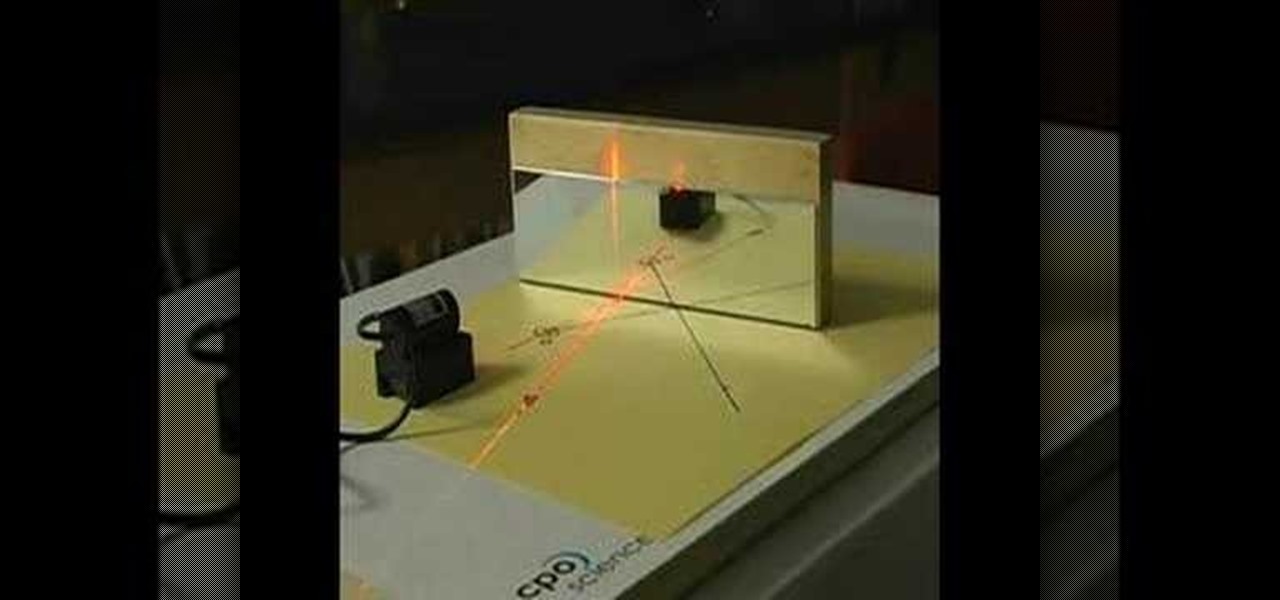
How To: Illustrate a reflected image and plot its location
For both reflection and refraction scenarios, ray diagrams have been a valuable tool for determining the path of light from an object to our eyes.
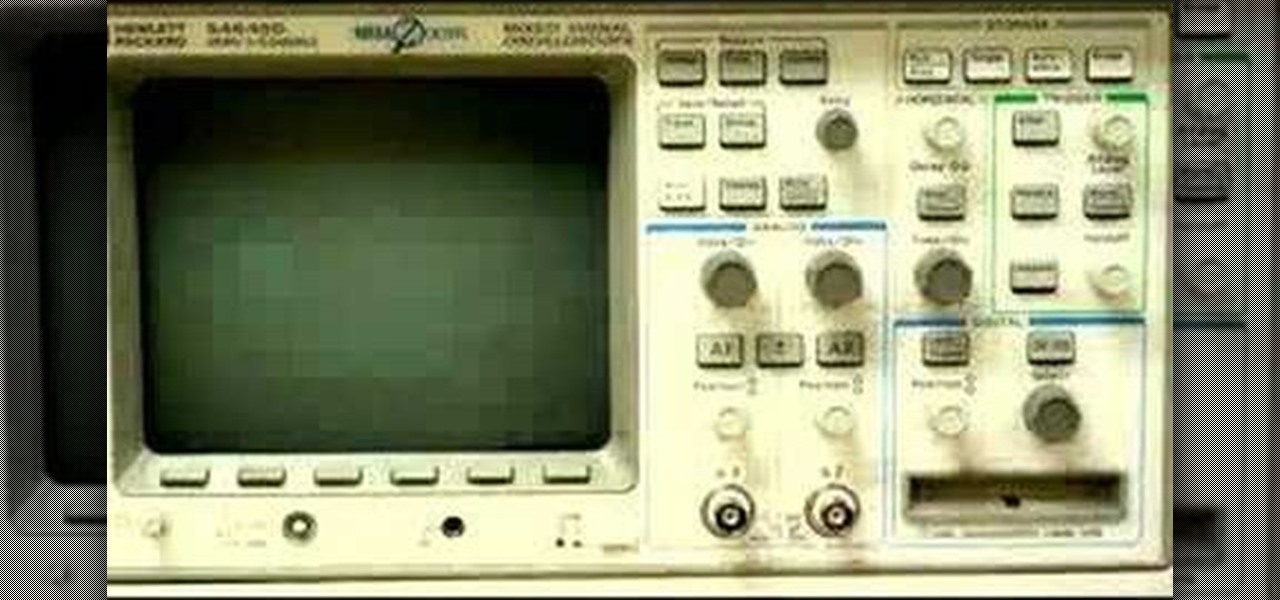
How To: Use an oscilloscope and function generator
If you're an electrical engineer, you needn't worry about this educational video, but if you aren't...
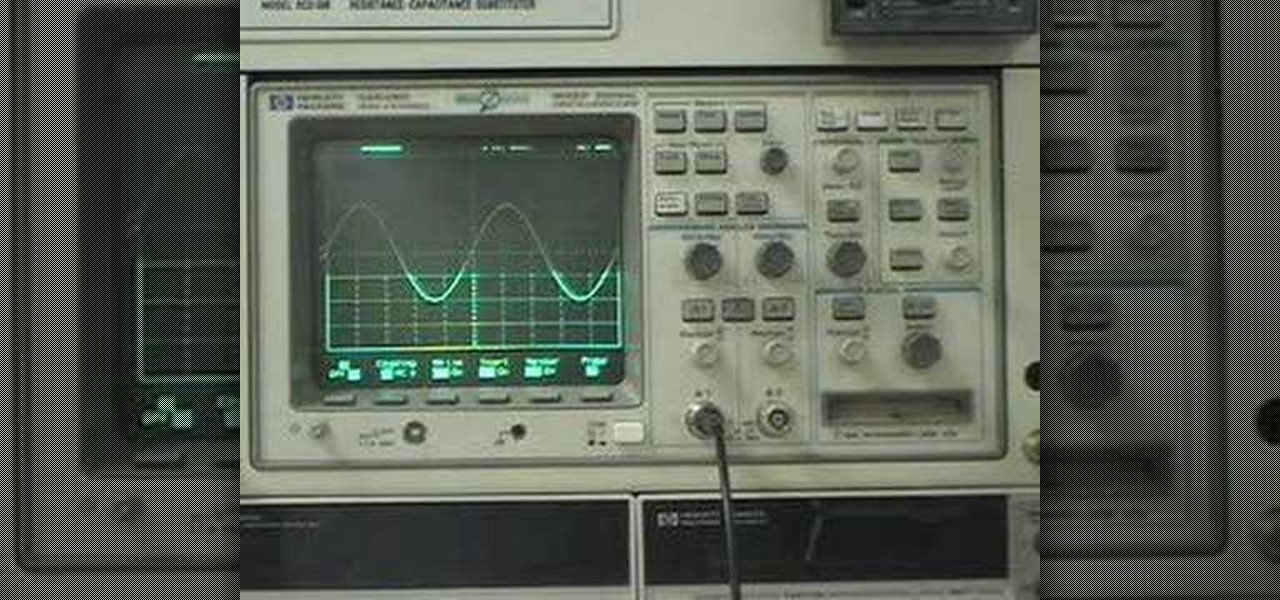
How To: Use an oscilloscope properly
Here is a technical tutorial from a technical communication class. An oscilloscope is for viewing oscillations, like electrical voltage and current, with cathode-ray tube display. See all about it in this great introduction to the device. Simply, this video tutorial will show you how to use an oscilloscope.

How To: Make a fire extinguisher
In this classic Science Experiment tutorial video, we douse a flame with nothing more than the Carbon Dioxide given off by our homemade Fire Extinguisher.

How To: Make a soda pop can implode
Check out this instructional science video to learn how to make a soda pop can implode. You will need a torch, a Bunsen burner, or stove; a soda pop can with a tiny amount of water in it; tongs, or something to hold the can; and a bowl of ice water. This is a cool science experiment to perform, but adult supervision recommended. Follow the tutorial video's simple instructions and watch the soda pop can implode.
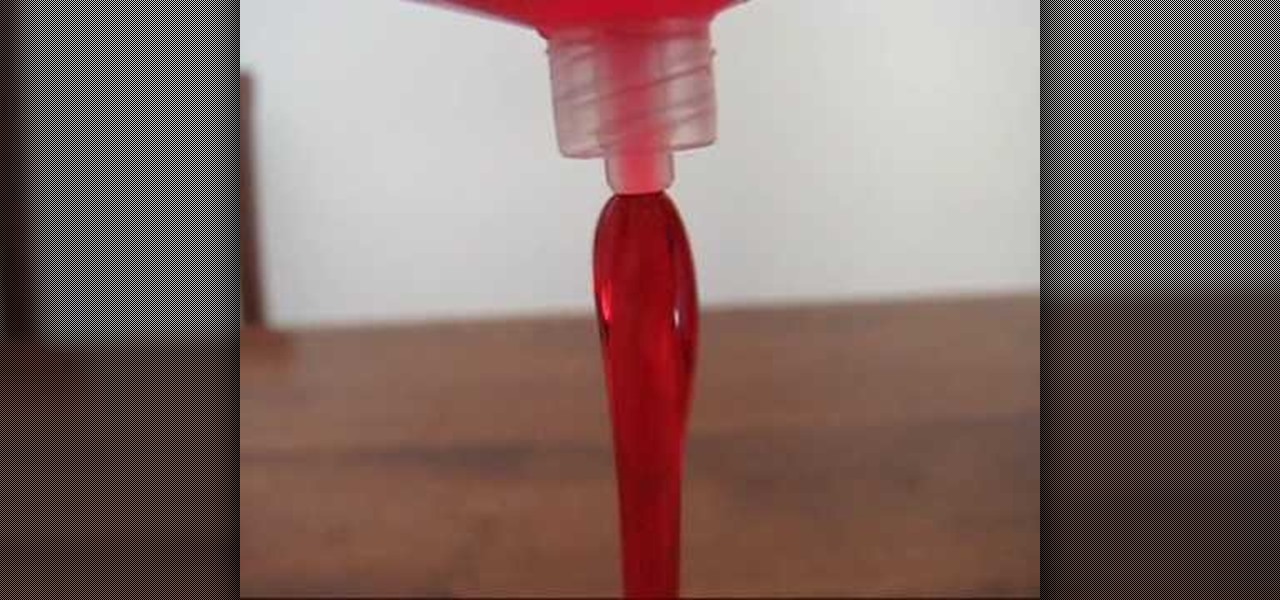
How To: Perform the Barus effect
Watch this instructional science video to observe the Barus effect in action. A dyed solution of POLYOX (polyethylene oxide - it is the stuff used as the lubricant on the strip found in all modern razors) is extruded from a 50 mL syringe. On exit, a marked swelling in the liquid stream several times the diameter of the orifice is observed. The effect is referred to as the Barus Effect, but it also goes by several other names including the Merrington Effect, Die Swell, and Extrudate Swell.
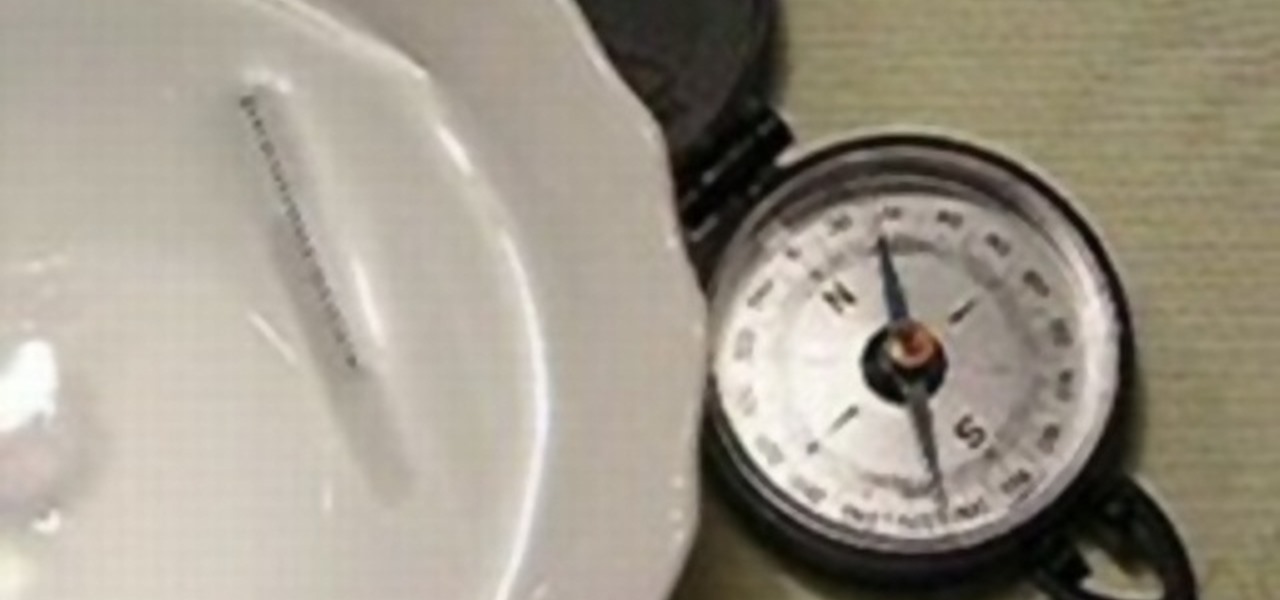
How To: Make a floating compass using a pin
Check out this instructional science video that shows you how to make a compass from water and a pin (or needle). You will essentially be making a floating compass. This is a simple science experiment that can be performed with the kids. Make your own floating compass with this tutorial video.

How To: Use a clock as a compass
In this science tutorial video, watch as this cool trick to change a clock into a compass is revealed. Transform an old wristwatch into a compass with this simple and easy to remember instructional video. This is a very useful method for those who easily get lost to find their way again.

How To: Make a super magnet compass
Check out this instructional science video that shows you how to make a super easy, super magnet compass! You will need the following materials: a bucket of water, a pen, a knife, a foam tray, and a magnet. Make your own compass by following the simple instructions in this science tutorial video.
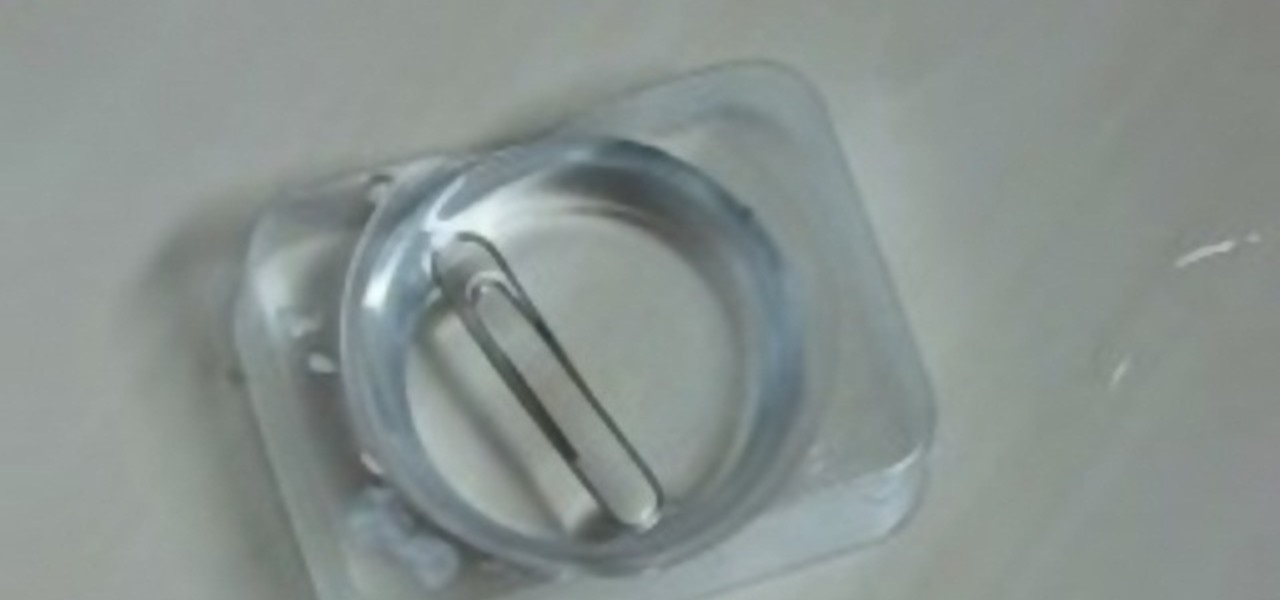
How To: Make a quick and easy compass
This is an easy & simple way to make your home made compass using stuff that can be found in every home. You will need a magnet, a paper clip, a glass of water and a piece of paper. Check out this instructional science video to learn a a quick and easy method of making your own compass. This is a great science experiment to perform with the kids. Make your own compass by following the simple instructions in this science tutorial video.
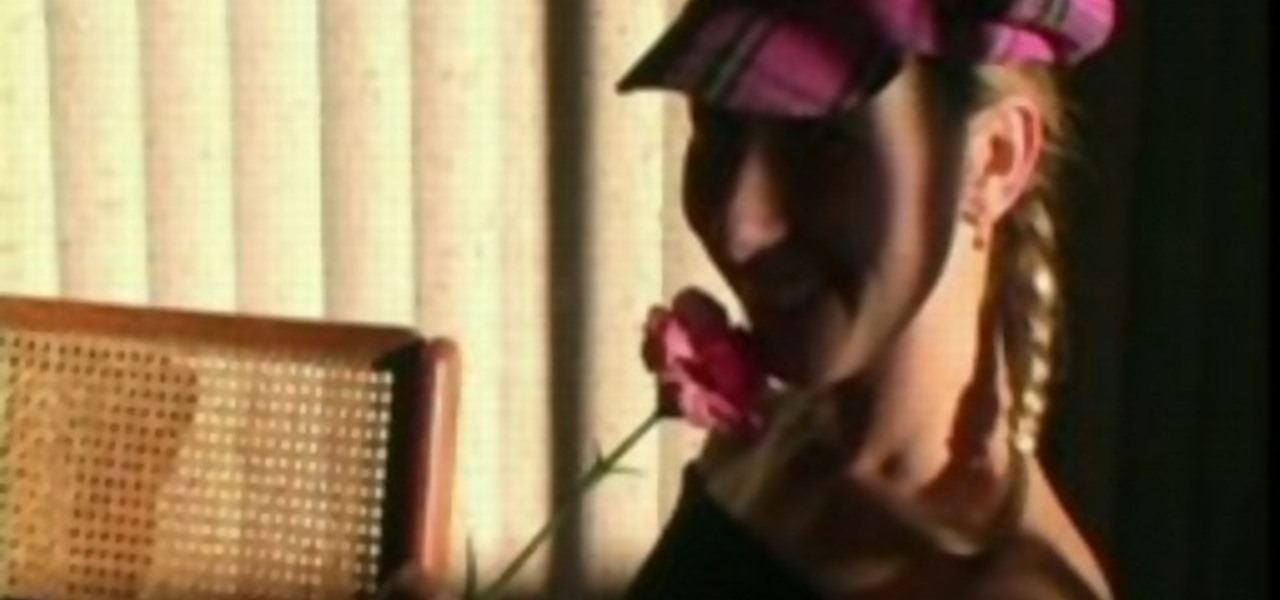
How To: Make a compass floating in a glass of water
Check out this instructional science video to learn how to make a compass floating in glass of water. You will need a sewing needle, a standard refrigerator magnet, and a piece of toilet paper. Nestle the needle into the toilet paper and place it into a glass of water. The toilet paper will absorb the water and inevitably sink, but the needle will become an instant compass pointing north and south without fail. Have fun with this science experiment with the kids by playing with the magnet.

How To: Make a water compass
Have you ever gotten lost and wanted to reorient your sense of direction? Check out this instructional science video to learn a very easy way to make a compass. All you need is a magnet and a bottle cap. This is a great science experiment to perform with the kids. Make your own compass by following the simple instructions in this science tutorial video.

How To: Ignite a Brillo pad
Check out this instructional science video to learn how to make a steel wool soap pad ignite. Using a 9v battery, touch the Brillo pad to make the steel wool ignite. This is a simple science experiment following step by step the instructions in this video tutorial, trying out for yourself. This is a great experiment to perform with the kids.
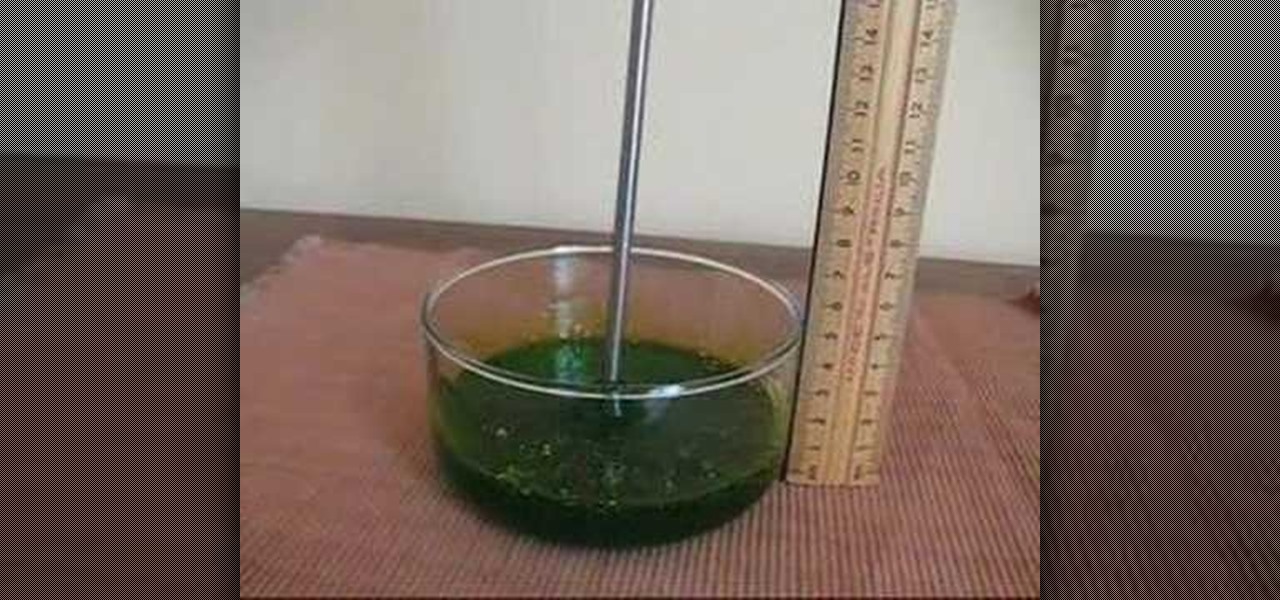
How To: Do an experiment showing three viscoelastic effects
Check out how you can create three viscolastic effects with this how to video. A dyed polyvinyl solution crossed linked with sodium tetraborate in solution is found to exhibit the following three different viscoelatic effects:
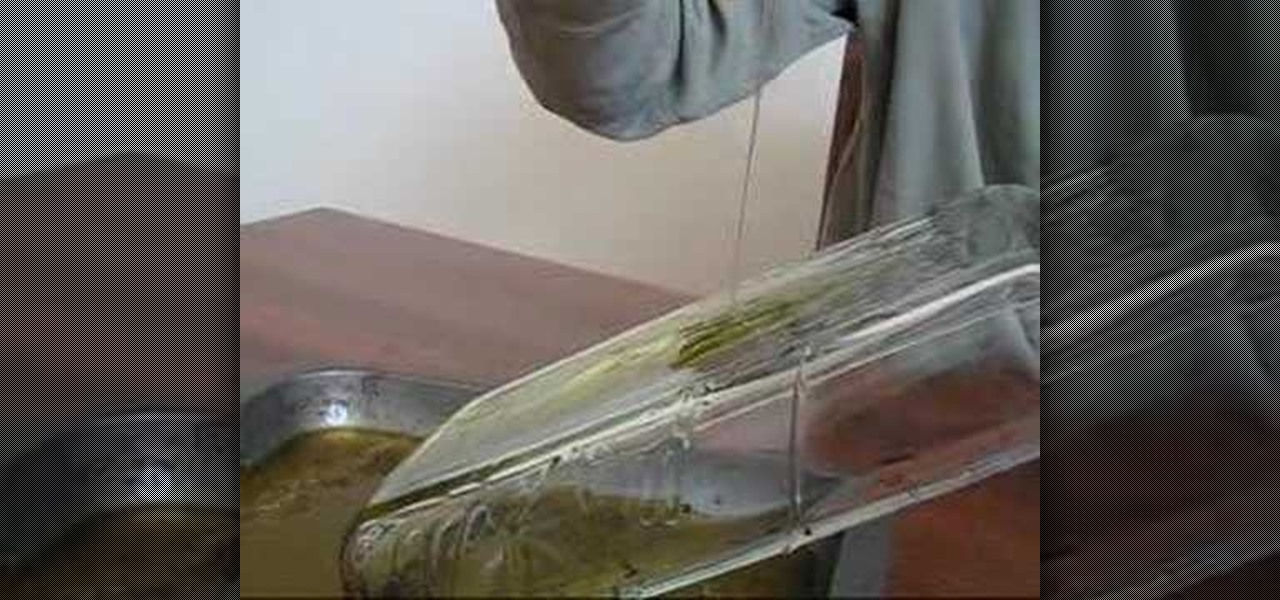
How To: Do the Kaye effect science experiment
Check out how to demonstrate the Kaye effect using shampoo and lanyard with this tutorial. On dribbling shampoo from a small height above a pool of the same shampoo below, every now and then liquid lanyards of shampoo leap forth in a behavior referred to as the Kaye effect. Such behavior is characteristic of a viscoelastic fluid. This is a great science experiment to do with your kids. Watch this how to video and you will be able to create the Kaye effect at home.

How To: Do the Weissenberg effect science experiment
When a rod mounted in a hand drill is dipped into a liquid and rotated, for certain non-Newtonian fluids the liquid will climb the rod - sometimes to quite spectacular heights.
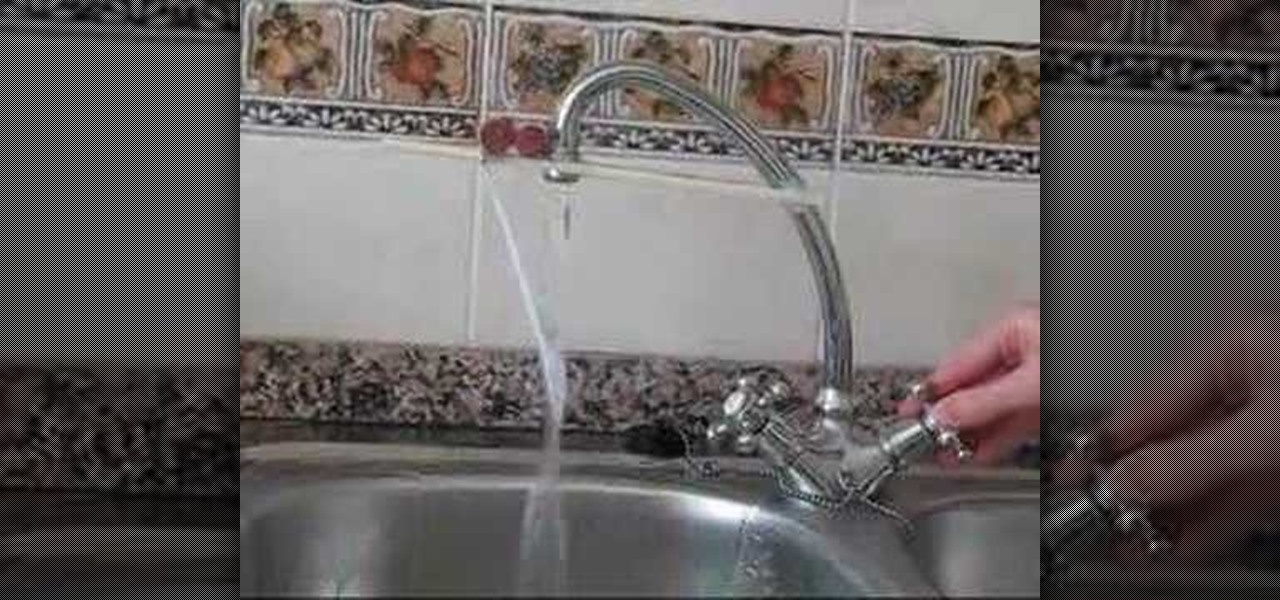
How To: Do the Coanda effect science experiment
Check out this simple experiment using running water from a tap, and air blown through a straw, as it flows over the back of a vertically hanging plastic teaspoon are used to demonstrate the Coanda effect. Here the attachment of the back of the teaspoon to the flowing stream of fluid (air or water in this case) is what is referred to as the Coanda effect. Watch this how to video and you will be able to create the Coanda effect with your kids at home.
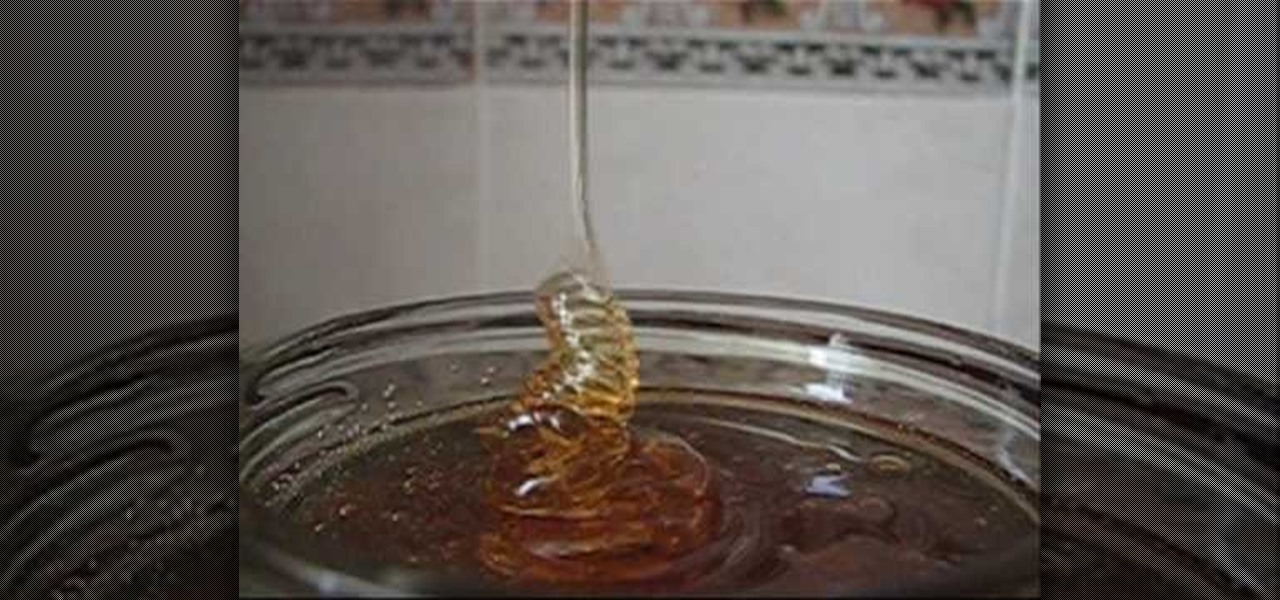
How To: Do the liquid rope coil effect science experiment
Check out this cool video where you will learn how to create the liquid rope coil effect. Honey is dribbled off the end of a chopstick into a pot below. As the falling stream stikes the pool of honey below, it turns itself into tight circular coils which rapidly begin to pile one on top of the other. A growing column of liquid coils of rope begin to emerge from above the surface of the honey in the pot in an effect referred to as the liquid rope-coil effect.

How To: Create and understand the wet sand effect
When wet sand along the water's edge at the beach is stepped on, it becomes partially dry in a small area surrounding one's foot. The dry patch is evident as the thin reflective film of water at the surface surrounding your foot is no longer there and has instead been drawn into the bulk of the sand beneath your foot.

How To: Create the Allassonic effect with instant coffee
Check out this cool video and learn how to create the Allassonic effect with a coffee cup, instant coffee and boiling water. When the bottom of a ceramic cup filled with boiling water and a heap of instant coffee is tapped at regular intervals the pitch of the sound heard slowly increases over time.
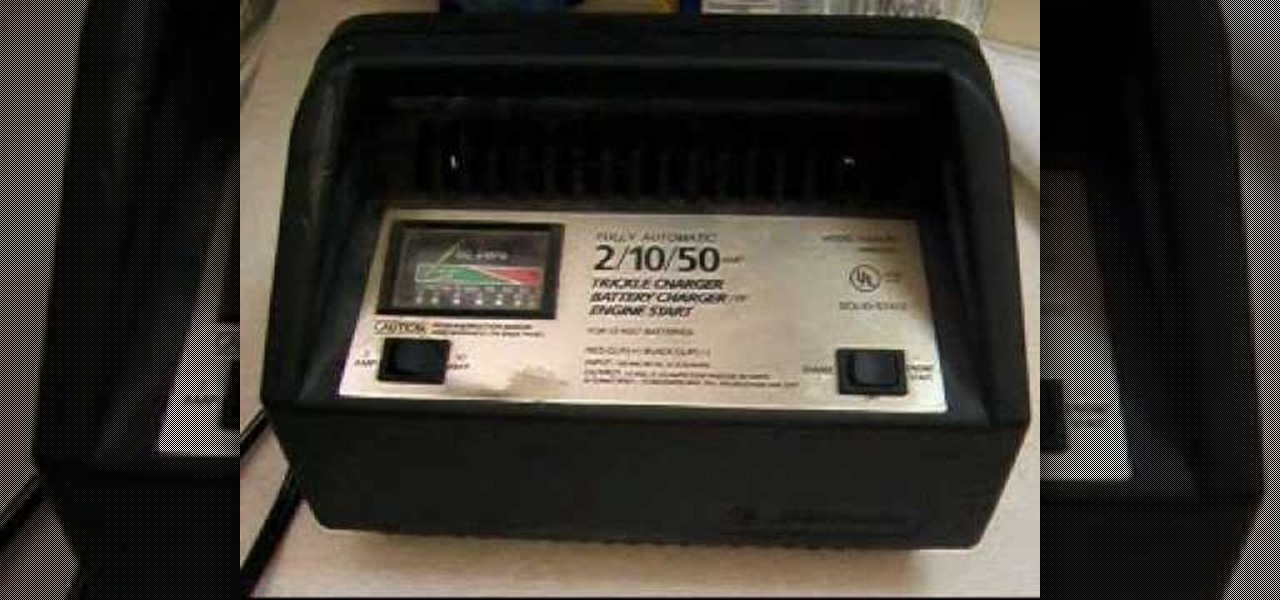
How To: Create exploding water
Watch this instructional science video to learn how to create hydrogen from water, salt and electricity, for only a few dollars. This is an experiment that produces explosive gases, involves electricity and water and a number of risks so please be careful. Not an experiment to be performed by idiots. Create exploding water with this educational tutorial.
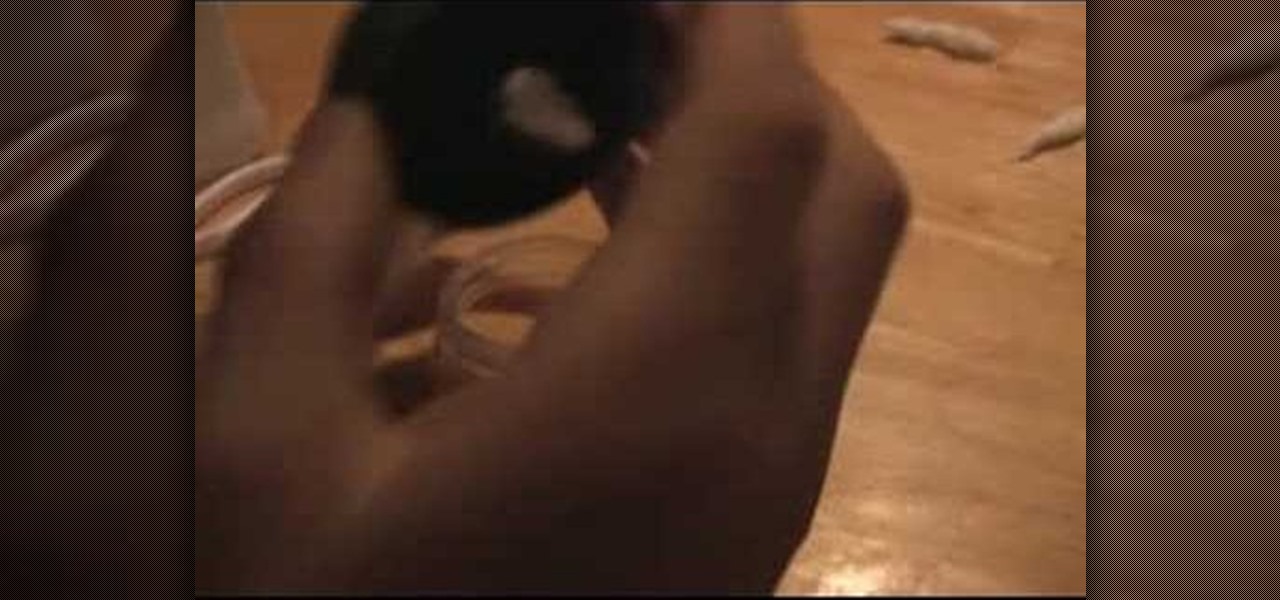
How To: Make an alcohol lamp
In this science tutorial video, learn how to make a simple lamp from household materials. This lamp is great for power outages and other stuff like camping. All you need is some type of alcohol (isopropyl, ethonal, or even vegetable oil), a pair of scissors, a jar with a lid, and a cotton ball. Make your own alcohol lamp with this instructional video.

How To: Turn milk into solid balls
Few household products can turn ordinary milk into cool solid balls. Check out this instructional science video to learn how to turn milk into solid balls using average household products. This is a great experiment to make with your kids. Just don't let them eat the balls.
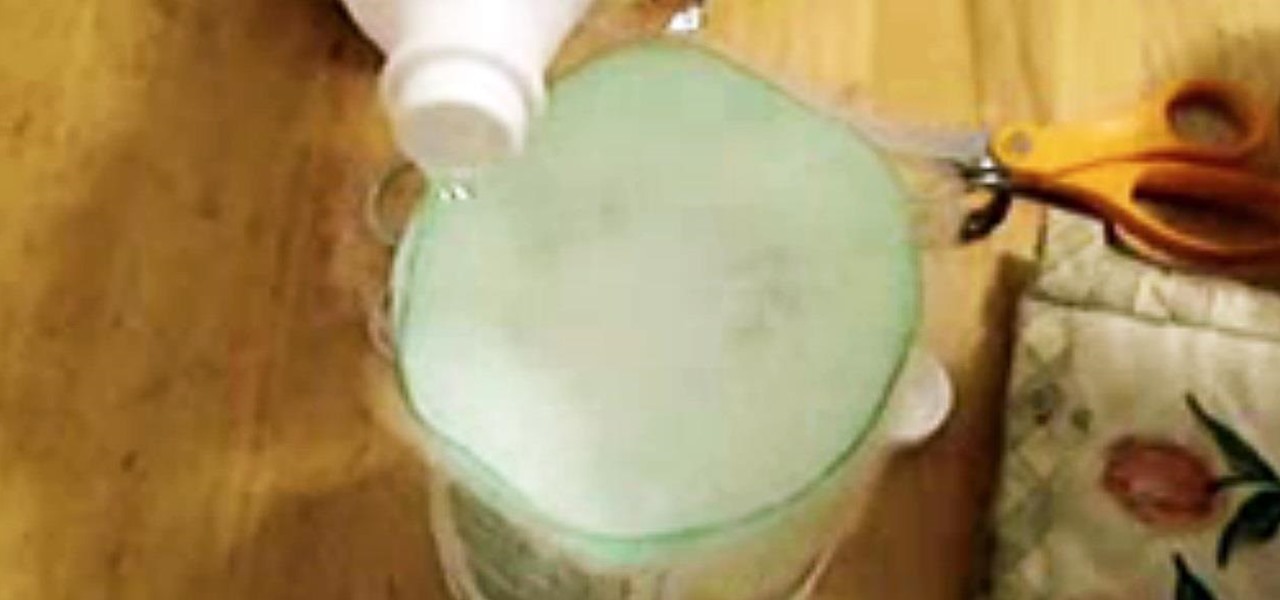
How To: Make Poor Man's Liquid Nitrogen
Can't get liquid nitrogen? Then make some yourself. Check out this instructional science video to learn how to make inexpensive liquid nitrogen. This tutorial video is great for science teachers, physics demonstrators, and science enthusiasts.
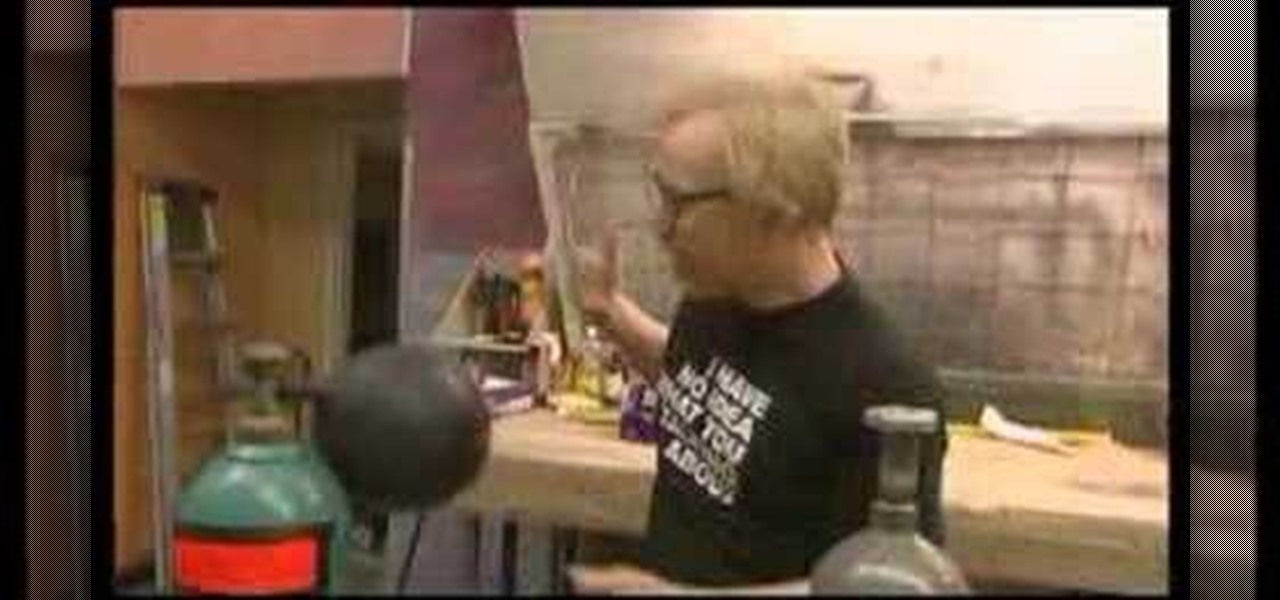
How To: Make your voice deeper and higher with Mythbusters
Check out this educational science video tutorial from Mythbusters that reveals the secrets to making your voice higher or deeper with various gases. This instructional video demonstrates how (and explains why) helium turns your voice into Donald Duck, while sulfur hexafluoride transforms your voice into Satan. Watch this tutorial and have fun with gas!
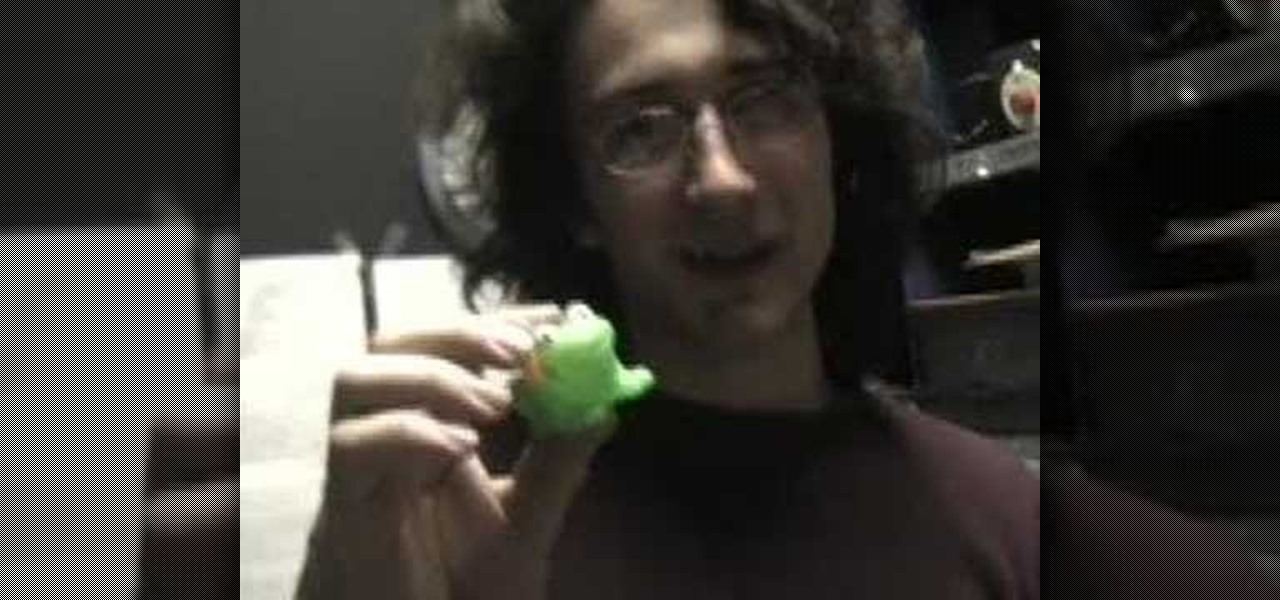
How To: Make holograms in your basement
Check out this instructional science video to learn how to make holograms in your basement. A hologram is a picture that is stored as microscopic light and dark lines on the back side of a glass plate. To make these lines, you need to use a coherent source of light like a laser. Watch this educational video to learn the necessary steps and materials needed to create your own hologram.







